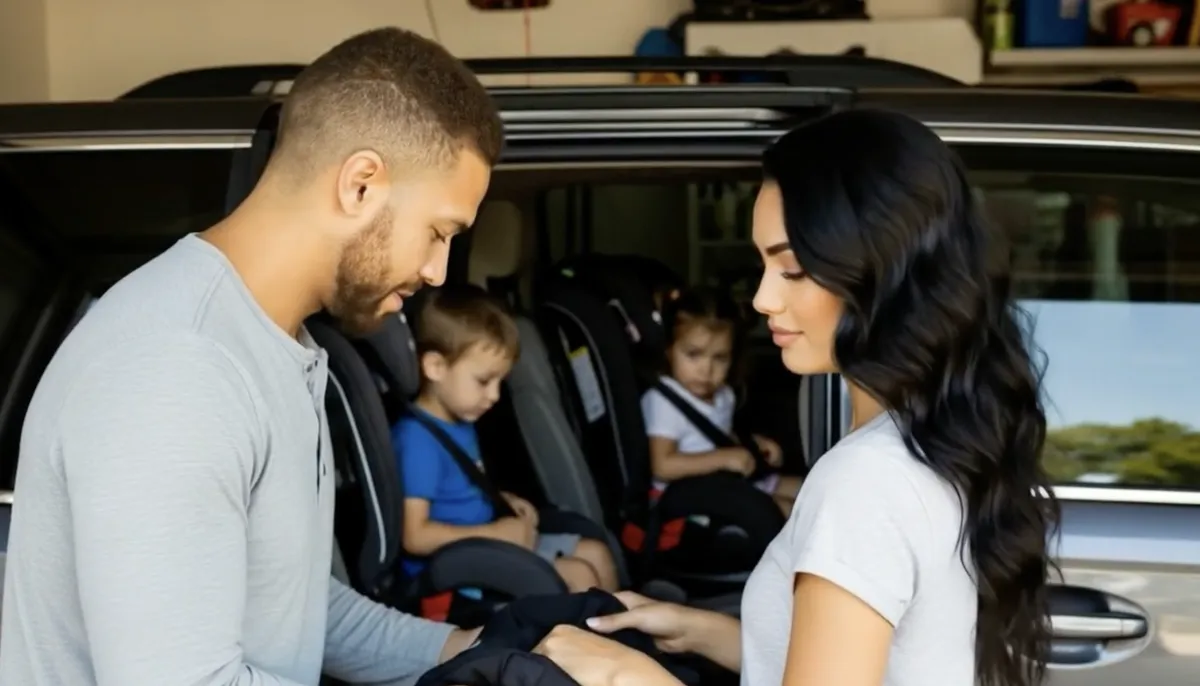
No One’s Coming to Save You — And That’s Okay
For more Private Safehouse Network information and blog posts: privatesafehousenetwork.com
No One’s Coming to Save You — And That’s Okay: How to Be Your Family's First Responder
The Hard Truth Most Families Don’t Want to Hear
When the unthinkable happens—wildfires, floods, blackouts, or terror attacks—we instinctively look outward: dial 911, wait for sirens, hope that help is on the way.
But here’s the uncomfortable reality: in a real crisis, help might not come. Not fast. Maybe not at all.
We saw it during Hurricane Katrina. We saw it in Lahaina, Maui. We saw it during the LA Palisades wildfires and during Hurricane Helene, when devastating floods overwhelmed parts of North Carolina.
It’s a terrifying thought—but it’s also a clarifying one.
Because when you accept that you are your family’s first responder, you stop waiting. And start preparing.
Why Government Help Is Often Too Late
Most emergency systems aren’t designed to protect individuals—they’re built to manage populations. That’s not a conspiracy theory. That’s just logistics.
🔸 Response Times Are Slower Than You Think
Even under normal conditions, emergency services are stretched thin:
Suburban EMS average response time: 10.5 minutes
Urban police response time: 10.1 minutes
In large-scale disasters, it can take hours or even days for first responders to reach your neighborhood.
A lot can go wrong in 15 minutes. In a wildfire, that’s the difference between driving out and getting trapped.
🔸 Emergency Systems Break Under Pressure
In Hurricane Ian (2022), overwhelmed 911 systems left thousands waiting for callbacks.
In Maui, survivors reported that sirens never went off and alerts failed.
In the 2018 Camp Fire, evacuation routes were gridlocked, and emergency crews had to choose which neighborhoods to abandon.
🔸 There Just Aren’t Enough Responders
Fire and EMS departments are often understaffed or underfunded.
In a mass event, you may be on your own for hours—or longer.
Real Example: Hurricane Helene and the LA Palisades Wildfire
In September 2018, Hurricane Helene unleashed torrential rain on parts of North Carolina, triggering catastrophic flooding in rural communities. Roads washed out. Cell towers failed. Local emergency services were completely overwhelmed. Families were left stranded on rooftops for hours, with no way to reach help.
Similarly, in the 2021 Palisades Wildfire near Los Angeles, fast-moving flames raced through residential hillsides. Many residents were caught off guard. Alerts came late. One family described jumping into their car and fleeing with just the clothes on their backs after smoke began pouring into their backyard. Fire crews were already deployed elsewhere—and no one came to their block.
In both cases, those who had a plan—a bag packed, a place to go, a vehicle ready—escaped safely. Those who didn’t were left vulnerable and alone.
Why Most People Don’t Prepare (and Why You Can)
Let’s face it: preparedness feels overwhelming. It’s easier to hope nothing happens. Or to assume that help will show up.
But the truth is: when you stop outsourcing your safety, you take back control.
The biggest blockers for families?
“I don’t want to feel paranoid.”
“It probably won’t happen to me.”
“I have no idea where to start.”
That last one is the key. You don't need to go "Full Prepper." I get it. Preppers can be weird. You just need to take a couple simple steps.
5 Simple Steps to Real Readiness
1. Build a Family Plan
Write down your evacuation plan. Share it with your partner. Practice it with your kids. Include:
Who to call
Where to go
What to bring
2. Pack a Go-Bag
Essentials only:
Medications
Cash
Identification
Chargers
Basic food/water
Flashlight
We have sever great videos on what to pack in a Go-Bag or "Bug Out Bag" here.
3. Secure a Backup Location
Don’t wait until roads are blocked or hotels are full. Whether it’s a family cabin, a friend’s farm, or a network like PSN, have an escape place before you need one.
4. Prepare Emotionally With Your Children
Children absorb more than we think. Explain calmly what might happen and how you’re ready for it. Confidence is contagious.
5. Join a Readiness Community
You shouldn’t have to figure this out alone. PSN (Private Safehouse Network) connects concerned families with rural safehouses—quiet places ready to receive you if disaster strikes. Think of it like a pre-arranged Airbnb, but for emergencies. No bunkers. Just practical backup plans.
What Happens When You Stop Outsourcing Responsibility
Prepared families don’t panic.
They lead. They act. They protect.
When the world starts unraveling, your children will look to you. Will you be ready?
You don’t need a military background. You don’t need a doomsday kit.
You just need the mindset of a parent who believes that no one’s coming—so you’ll go first.
Final Thoughts: Preparedness Is Peace
Preparedness isn’t about fear. It’s about freedom.
The freedom to move when others freeze.
The freedom to act when systems fail.
The freedom to protect the people you love most.
So start small. Start now.
Because when the sirens are silent and the roads are jammed, the question isn’t “Where’s help?”
It’s: “What’s my next move?”
You don’t need to be a prepper.
You just need a plan.
And we’ll see you at the Safehouse.
For more Private Safehouse Network information and blog posts: privatesafehousenetwork.com
